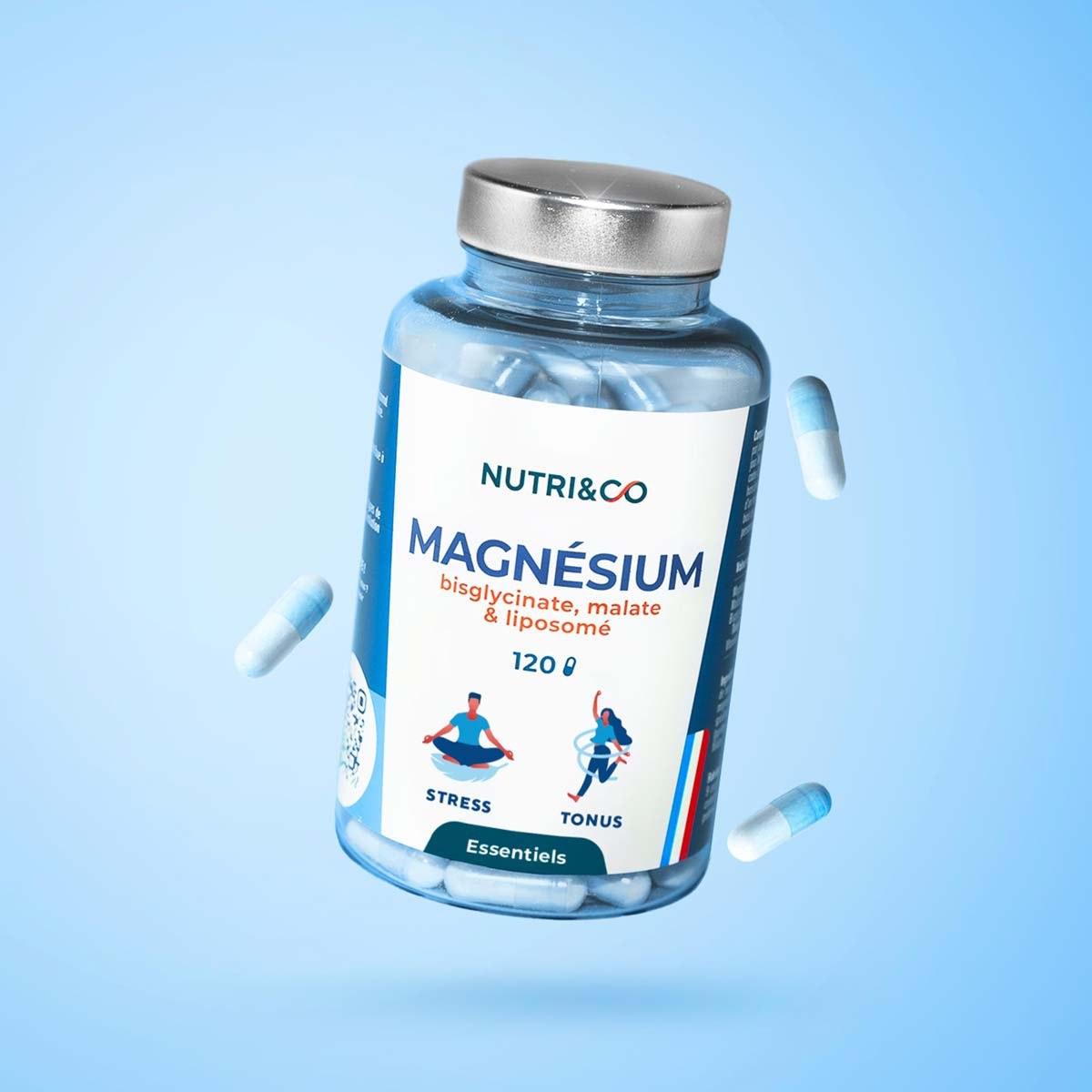
(1169)
Magnesium
€19.90
- 3 magnesium in 1 for optimized absorption AND content
- TRAACS® patented magnesium bisglycinate
- Magshape® patented liposomal magnesium
- Magnesium malate
- Bio-active vitamin B6
- No digestive issues
- High dosage but small capsules!
Magnesium - 120 Capsules
€19.90
Paiement
sécuriséLivraion offerte
dès 69€ d'achatLivraion
en 48hFaites des
économiesParrainer
un procheRécompenses
fidélité











